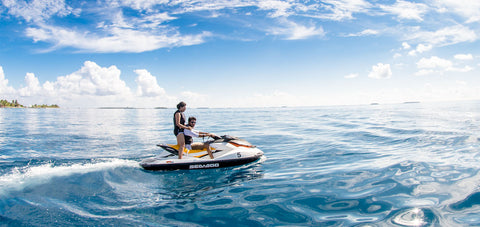How to Deploy and Use a Sea Anchor or Drogue
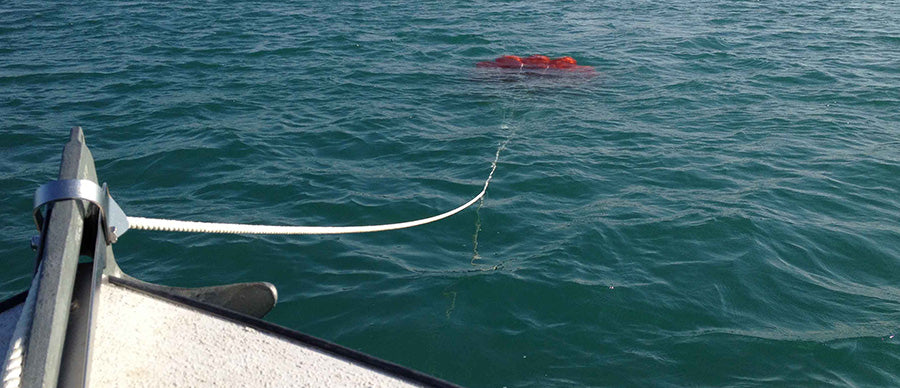
Sea Anchor, Storm Drogue, Sea Brake, Parachute Anchor, Drift Sock: these are several names used to describe devices deployed to create drag on a vessel in open water. No matter how many different monikers you find out there, they are referring to one of two types, 1) a parachute or cone shaped piece of fabric dragged from the bow (most accurately called a Sea Anchor), or 2) a fabric cone or series of cones dragged from the stern (most accurately called a Drogue). In this article we’ll look at the differences between the two, their uses, and how to deploy and retrieve them.
To Stop or to Slow
This illustration highlights the main differences between Sea Anchors and Drogues. More detail follows below.
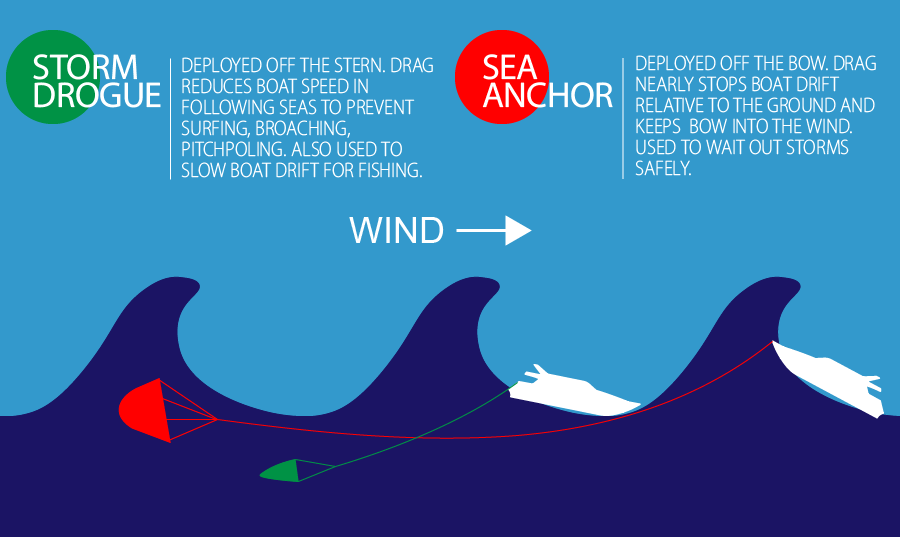
Sea Anchor
The primary use of a Sea Anchor is to stop the drift of a vessel downwind and keep her bow windward, into the waves.
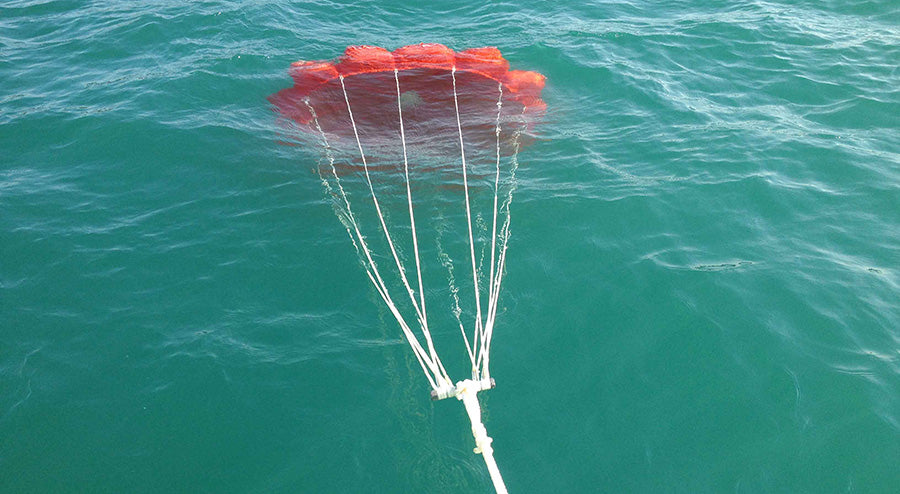
Sea Anchors are set off the bow. You would use a Sea Anchor in open seas where ground tackle is not possible or practical and you want to hold position in moderate to high winds and seas. They are often deployed to wait out a storm, or in emergencies when there is a loss of power and you need to keep the boat from turning beam to the waves or drifting into obstacles such as shoals. Sea Anchors are generally larger than Drogues, and parachute shaped.
Drogue
A Drogue on the other hand, is used to slow down rather that stop a vessel in following seas.
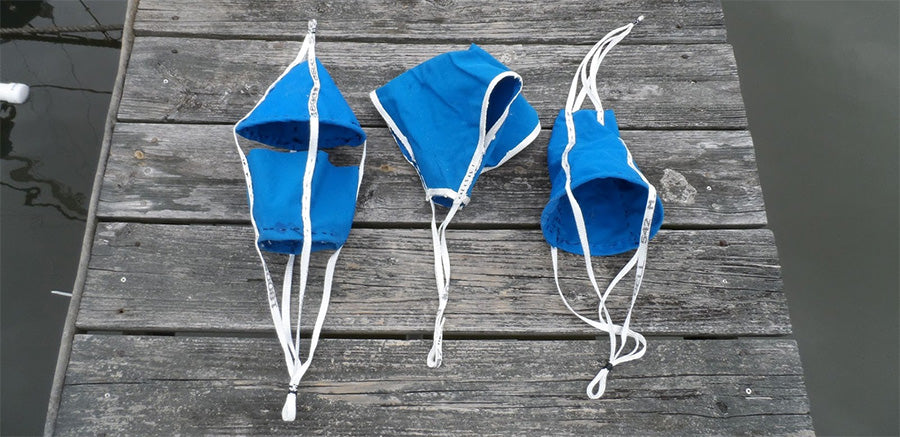
Drogues are deployed off the stern. You would use a Drogue to stay stern to the waves and to keep your boat from surfing, therefore reducing the chances of broaching or pitchpoling. A Drogue can also be used as a steering assist in case of power and/or rudder problems. As well, fishers use Drogues to slow their drift for trolling without a motor. Drogues are generally smaller than Sea Anchors and cone shaped.
Tackle requirements

Anchor rode should be similar in size and strength to what you use for regular anchoring. The general rule of thumb is to carry 10’ of rode for every foot LOA to use with your drift anchor. A length of chain (up to about 20% of the length of your rode) is also helpful to achieve the best angle on the drift anchor and avoid chafe. The cleats you use to tie off your drift anchor lines must also be very secure, ideally, they should have backing plates to handle the extra stress. Your rode should be made of nylon for its elasticity. You will need a trip line and floats for anchor recovery. The trip line does not need to be strong but is best if it floats, so use polypropalene, 1/4” to 3/8” braided. Drift anchors tend to turn in the water, so use a stainless steel swivel between anchor and rode. Finally, have chafe protection on hand to use where ropes touch your boat when the anchor is deployed.
Deployment
First, ensure none of your rode is tangled and that it is ready to pay out from coil. Make sure everyone is standing clear so that legs won’t get caught in lines. All line segments should be secured with shackles or swivels and seizing wire should be used for added safety.
- The trip line and floats go out first, remember to deploy sea anchors from the bow and drogues from the stern. Allow the trip line to drift out and clear.
- Toss the drift anchor in next, making sure to toss it into clear water.
- As the boat drifts away from the anchor, pay out about 50’ of rode and snub the line with half a turn on the cleat just to hold it momentarily. Wait a minute or so for the drift anchor to open.
- Keep tension on the rode, snubbing as necessary, while paying out the rest of your rode to achieve the desired scope.
- Note: for drift fishing in favorable conditions, you don’t need a lot of scope. Start with 15’ of line to open the anchor, and then as needed let out 10’ at a time until you have a steady comfortable tension.
- Secure your rode to your cleat or a prepared bridal if you have a multi-hulled vessel.
- Add chafe guards where necessary
Retrieval
Getting your drift anchor back on board is simple if you use a trip line (highly recommended). Motor to your trip line float circling so as not to run afoul of your rode or anchor. Use a boat hook to grab the float as you would a mooring buoy and haul the trip line in. Since the line is attached to the apex of the cone or chute, pulling in this line empties the anchor of water, allowing you to haul it into the boat easily.
Final Thoughts
As with most anchoring techniques, it does little good to buy all your tackle and store it on the boat somewhere thinking that since you have the equipment, you’re ready. You are only ready once you’ve practiced with the equipment in favorable conditions enough that you can then repeat the process in adverse conditions. Practice with your drift anchor system several times before deploying it for real.Published
Recent Posts
Balancing Proven Tradition with Cutting-Edge Performance
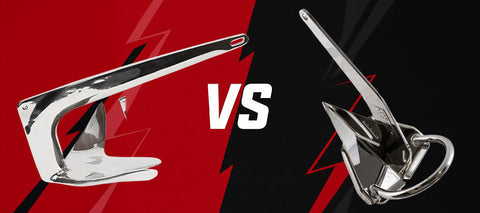
When choosing an anchor, it’s not a question of “traditional vs. modern”, despite our eye-catching article image *wink*, but "what combination of reliability, cost and performance best suits your specific needs?" Here’s a side-by-side look at why time-tested anchors remain indispensable even as shiny new designs continue to enter the market.
Windlass Problems? Common Issues and How to Fix Them
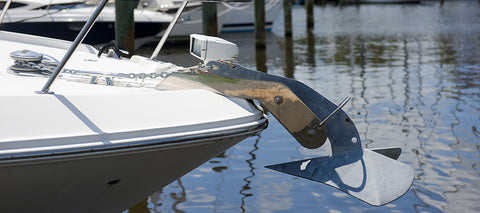
Let's look at common issues with windlasses and how to address them:
1) Windlass Won’t Run in Either Direction
2) Solenoid Clicks, but Windlass Won’t Move
3) Windlass Lacks Power to Haul the Anchor
4) Rode Gets Jammed or Doesn’t Come In
Our history: a 20 year journey
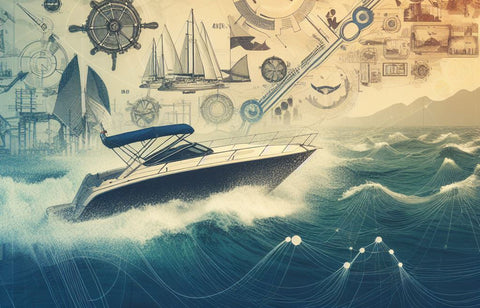
Boat Cleaning Tips for Anglers: Keeping Your Vessel Spotless and Pristine

Avast, Ye Mariners! Master the Art of Docking: A Swashbuckling Guide for Boaters
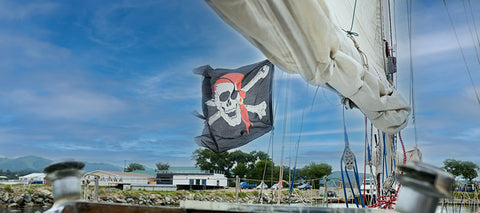
Top Reasons to Keep a Boating Maintenance Log
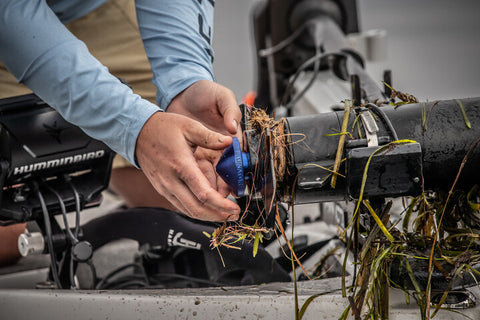
4 Top Tips for Buying a New-to-you Used Boat
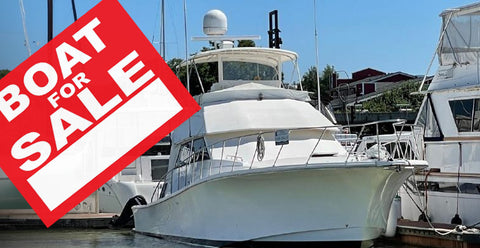
Bent Boat Anchor Shank: Common Causes and Prevention Tips
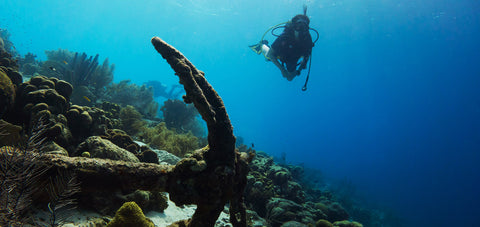
Prepare Your Boat For An Above Average Hurricane Season
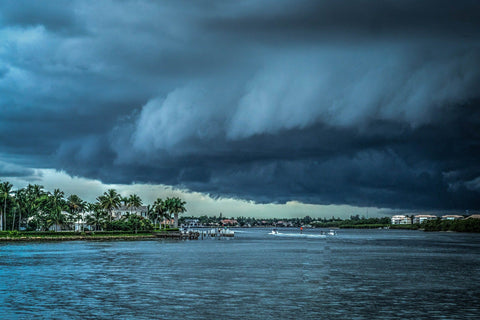
Best Methods For Anchoring Your Jet Ski in Deep or Shallow Water
